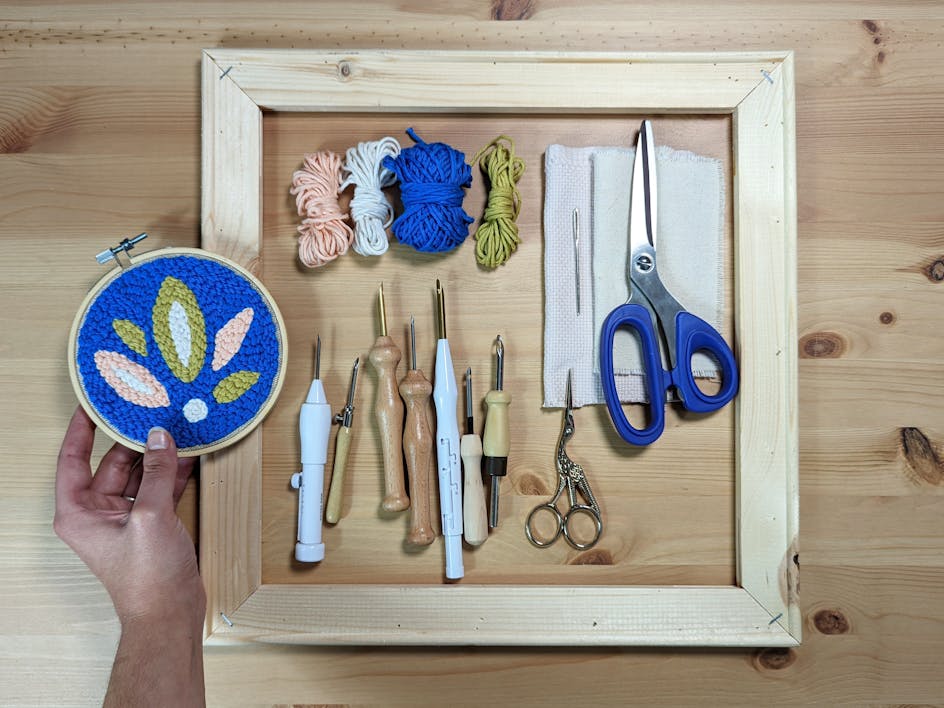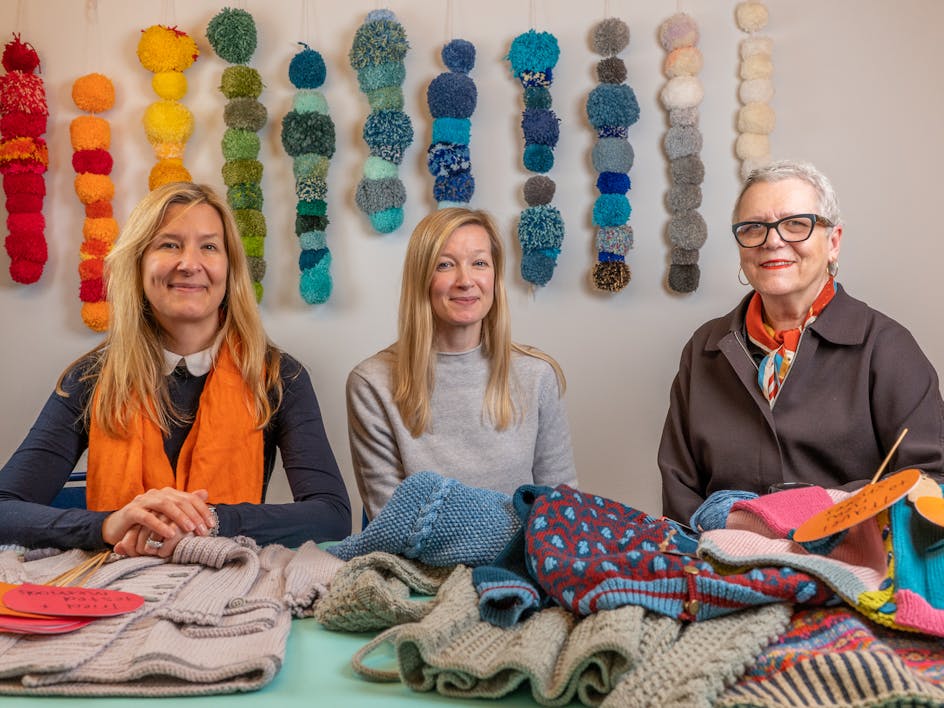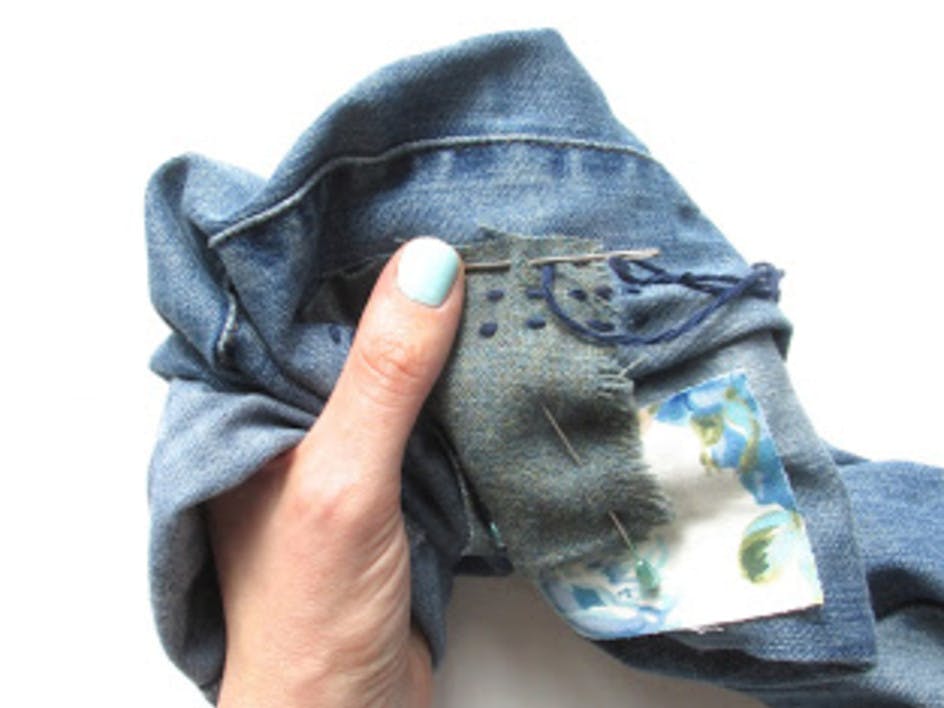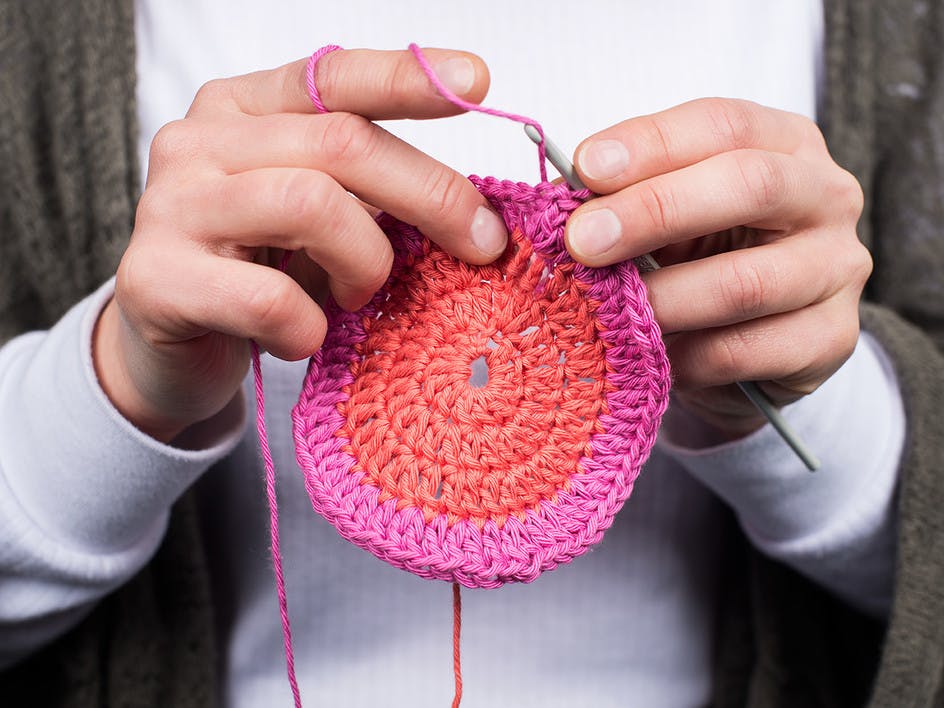The ultimate guide to needle felting, plus how to needle felt animals!
Published on March 15, 2021 4 min readIf you’ve found yourself wondering how to do needle felting, you’ve come to the right place! We asked needle felting extraordinaires Hawthorne Handmade to put together the ultimate needle felting guide. From how to needle felt animals to the basic needle felting tools you’ll need, Hawthorne Handmade take you through the process with needle felting tutorials to get you started.

What is needle felting?
Have you seen needle felting and wondered how the wool magically turns into a fox or a hare? It’s not as magic as it seems! In fact, anyone can learn how to needle felt in a matter of hours.
Felting needles have tiny barbs at the end that, when pushed through wool (and some other fibers), the individual fibers come together forming a solid material. With needle felting, you can create almost anything by manipulating the wool into the shape you want and then stabbing it with a felting needle.
The needles are sharp, and you’re likely to have a few needle felting wounds to begin with, so do take care when you get started. The nature of the needle felting tools make it a craft for older children to enjoy, but one to keep out of the hands of young makers!
It’s an amazing addictive craft, and one of the best stress relievers out there. Ready to get started on your needle felting journey?
What materials do you need?
Felting needles
These come in a variety of shapes and sizes, but you can’t go far wrong with a 38-gauge star needle, which is a great all-rounder. If you really get into the craft you might want to try some other sizes, but it’s often not necessary.
Wool
100% sheep’s wool works best for needle felting, and some felting wool work better than others depending on what you’re trying to make. Bulkier wool such as Corriedale or Shetland are great for sculpting and shaping, whereas finer wool like Merino or Blue Faced Leicester are good for adding layers of color and getting a fine finish. You can also felt with other fibers such as Alpaca, Yak and even some plant based fibers.
Foam or other working surface
You need something to work on that isn’t your lap or a table. The foam needs a surface it can go into so that they don’t snap, and you need something to protect your fingers from the stabbing! Dense foam is great, or other surfaces such as rice bags can also be a good alternative.
Other useful bits and pieces
You may also want to look at getting a needle holder – I recommend one that can hold 1-3 needles at a time, but only start with one needle. You can progress to using more when you’ve done a few projects.
Other useful items could be safety eyes if you don’t want to felt your own; wire for armatures for larger pieces (over 12 inches or so) and a small pair of scissors to snip off any final fluffy bits.
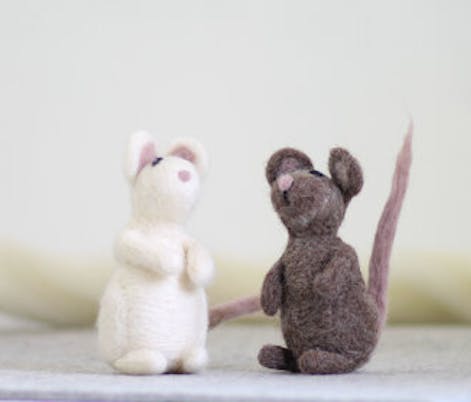
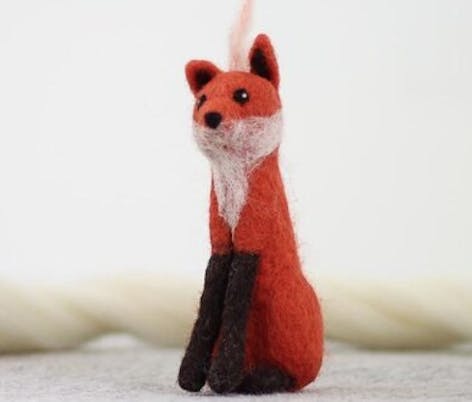
Top tips for needle felt animals
- Split the design up into the different parts of the animal e.g. head, ears, legs, body etc. and then make each piece separately before joining them together (using more needle felting – no sewing needed here!).
- Decide if you want to make a realistic looking animal which will need a bit more time, care and patience; or more of a character which will give you more creative freedom.
- Get all your wools and tools together before starting, and remember to take regular breaks as it can be hard going!
- Take your time! Needle felting is not a quick craft, and you will make fewer mistakes and create better well felted shapes if you go slowly to start with. Once you really get the hang of it, you can speed up a little.
- Remember that your first few attempts may not be exactly what you were aiming for, but practice really does help. If you bought a lump of clay and tried to sculpt an animal without having done it before you wouldn’t expect to create a masterpiece on day one, and the same is true of needle felting.
- Have fun! It’s such an addictive craft and the possibilities are endless!
